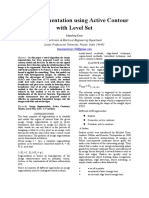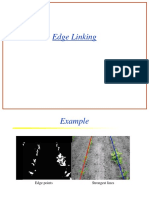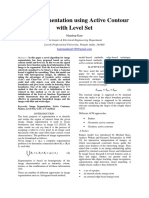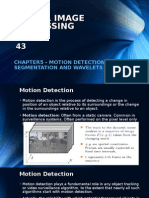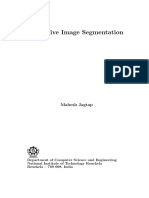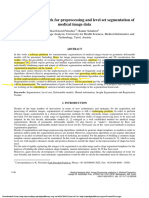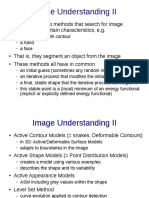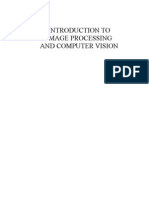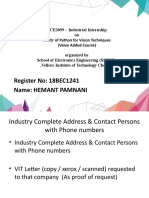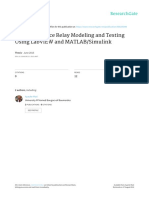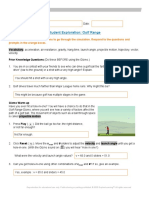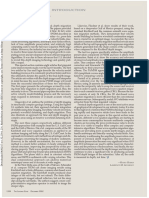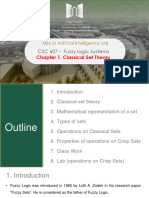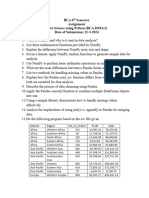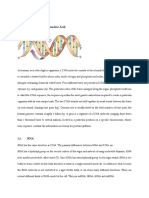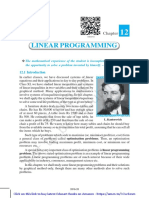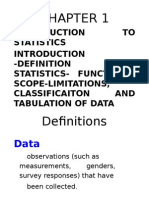0% found this document useful (0 votes)
24 views11 pagesCV Unit-3
The document discusses image segmentation, a technique in digital image processing that partitions images into regions based on pixel characteristics, with applications in medical imaging, traffic control, and object detection. Various segmentation techniques are outlined, including active contours, split & merge, mean shift, and normalized cut, each with specific algorithms and use cases. Additionally, it covers advanced methods like intelligent scissors and dynamic snakes for tracking and extracting objects in images.
Uploaded by
INDIAN TECHINGCopyright
© © All Rights Reserved
We take content rights seriously. If you suspect this is your content, claim it here.
Available Formats
Download as PDF, TXT or read online on Scribd
0% found this document useful (0 votes)
24 views11 pagesCV Unit-3
The document discusses image segmentation, a technique in digital image processing that partitions images into regions based on pixel characteristics, with applications in medical imaging, traffic control, and object detection. Various segmentation techniques are outlined, including active contours, split & merge, mean shift, and normalized cut, each with specific algorithms and use cases. Additionally, it covers advanced methods like intelligent scissors and dynamic snakes for tracking and extracting objects in images.
Uploaded by
INDIAN TECHINGCopyright
© © All Rights Reserved
We take content rights seriously. If you suspect this is your content, claim it here.
Available Formats
Download as PDF, TXT or read online on Scribd
/ 11










